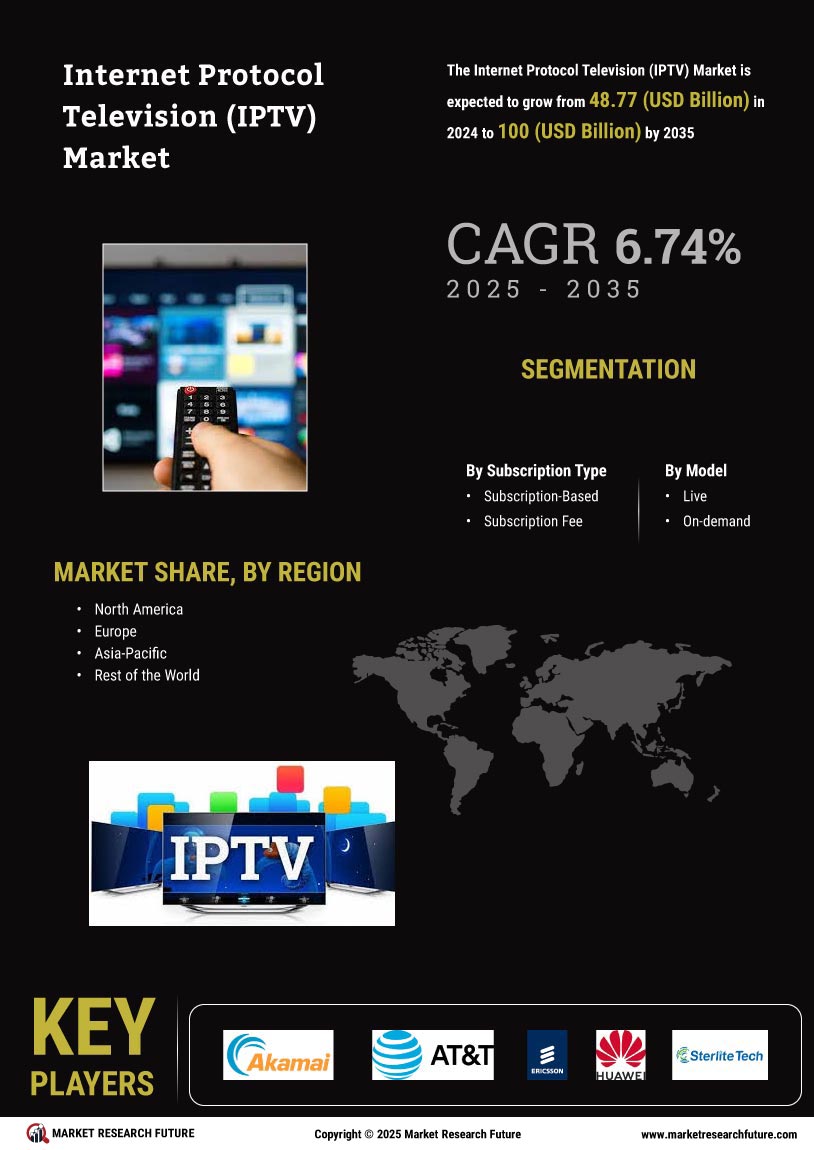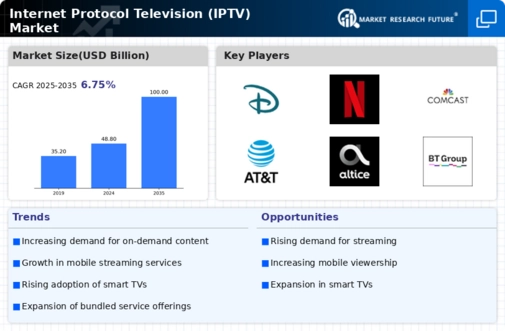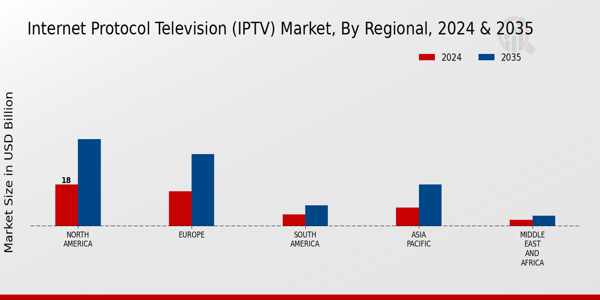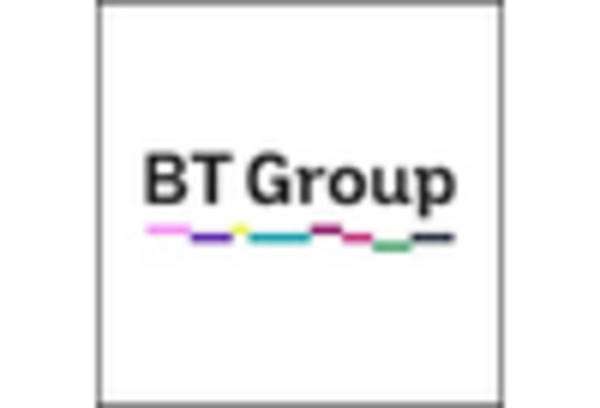The Internet Protocol Television (IPTV) Market is characterized by dynamic competition and rapid technological advancements. As traditional television consumption evolves, IPTV providers are leveraged to deliver content over internet networks, allowing for a more personalized viewing experience.
This shift has led to an influx of players in the market, each vying for consumer attention through innovative offerings and strategic partnerships. The expansion of high-speed internet access worldwide has further catalyzed the growth of IPTV services, making them a central component of modern media consumption.
Competitive insights into this market reveal the importance of content variety, user experience, and pricing strategies as key differentiators among providers. As consumer preferences shift towards streaming and on-demand content, the competitive landscape continues to evolve, with major companies working to secure a foothold in this lucrative sector.
Disney has made significant inroads within the Internet Protocol Television (IPTV) Market, leveraging its vast content library and strong brand identity. With the launch of its streaming service, the company harnesses its extensive portfolio, which includes popular franchises and family-oriented programming, thereby appealing to a broad demographic.
Disney's strengths lie in its ability to produce high-quality original content and its established distribution networks, enabling seamless access to users across various devices. The integration of its different platforms allows for an enhanced customer experience, blending traditional television offerings with innovative streaming solutions.
This strategic positioning has afforded Disney a competitive advantage, as it continually broadens its reach and solidifies its presence in the global IPTV arena through technology-driven content delivery.Netflix stands as a prominent player in the Internet Protocol Television (IPTV) Market, known for its extensive library of films, documentaries, and original series. The company has revolutionized the viewing experience with its pioneering approach to streaming, providing subscribers with on-demand access to a diverse range of content.
Netflix's strengths lie in its commitment to producing high-quality original programming, which has garnered critical acclaim and attracted a large subscriber base globally. With a robust recommendation algorithm, Netflix enhances user engagement by tailoring content suggestions to individual preferences.
The company has strategically expanded its market presence through partnerships, acquisitions, and investments in local content across different regions, allowing it to cater to various audience segments. As a result, Netflix remains a dominant force in the IPTV market, consistently adapting to new trends and maintaining a competitive edge through its innovative service offerings.


















Leave a Comment